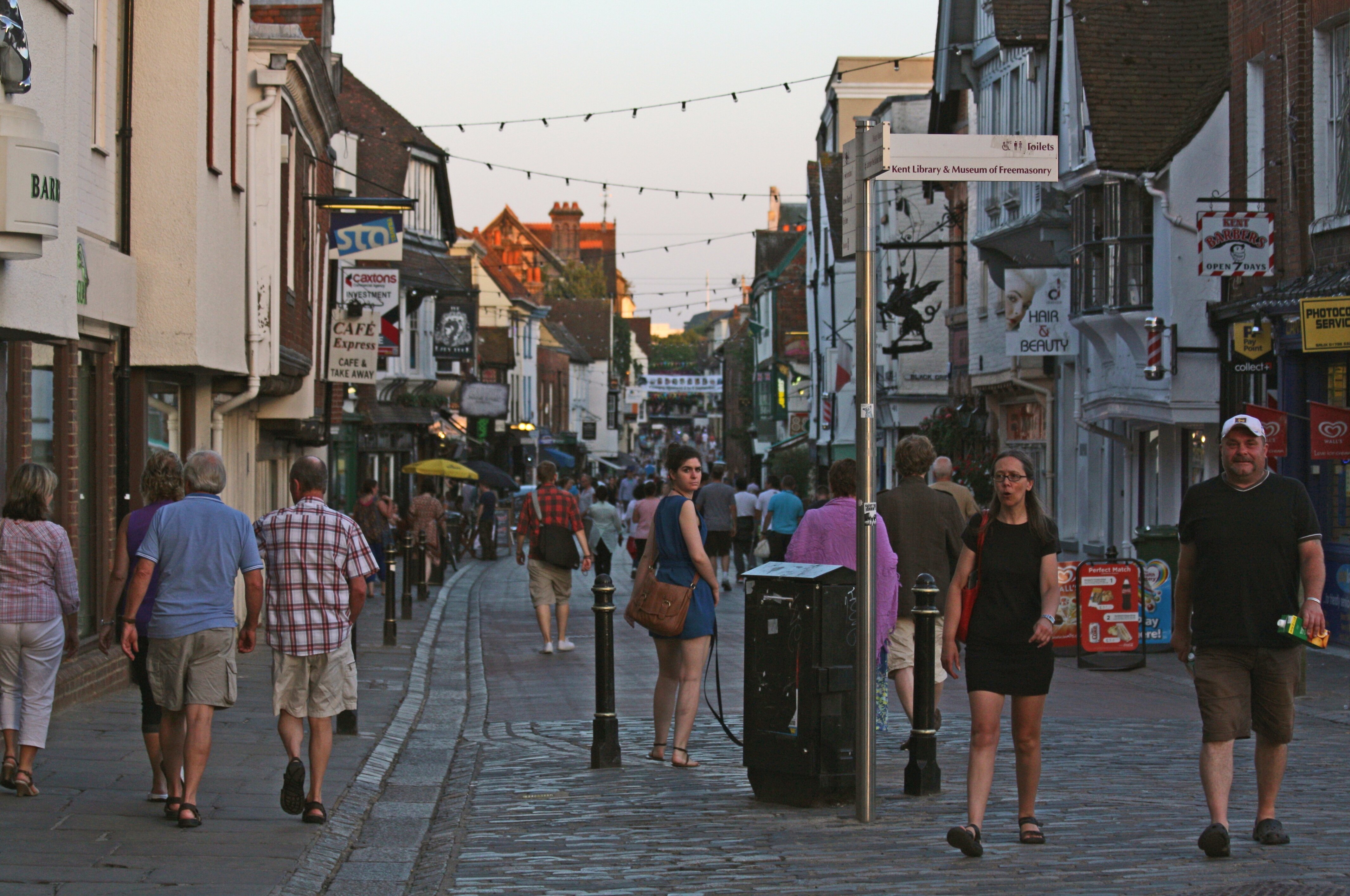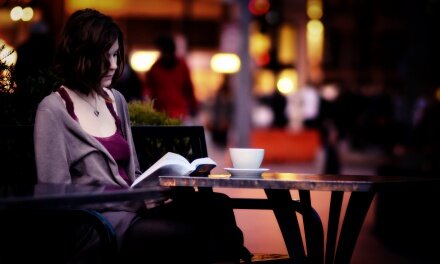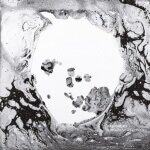
Female artists: overlooked and undervalued
I recently set up a poll on Facebook to see how many female artists like Artemisia Gentileschi and Elisabeth-Louise Vigee-Le-Brun my friends had heard of. The results of my poll weren’t very surprising; most of my friends aren’t very artsy, and many of these women drew, painted, and sculpted, in a time when women were not considered artists. Caravaggio, Bernini, Watteau, and Jacques-Louis David were the names to contend with when Gentileschi and Vigee-Le-Brun first put brush to canvas.
More surprising still was that over half of the people who voted hadn’t heard of Tracey Emin, a still very influential contemporary artist. Even fewer had heard of Barbara Hepworth, a revolutionary sculptor in the 1960s and 70s.
However, this kind of ignorance of female artists is not uncommon. Even though I did two years of A-level history of art, we didn’t study any female artists throughout the entirety of the first year. In the second, we covered two: Gentileschi and Vigee-Le-Brun. We did not cover modern artists like Tracey Emin, Barbara Hepworth, Tamara de Lempicka, or Vanessa Bell. The only artist that the majority of people (64%) had heard of was Frida Kahlo, which was a relief; Kahlo was extremely talented. However, Kahlo was only known as the wife of the muralist Diego Rivera until the 1970’s when the feminist movement latched onto her image rather than her art.
The problem for female artists over the years has been the use of their image, rather than their art, to put them in the public eye. Their accomplishments are never what fascinates people; there is always a heavy reliance on their backstories. Artemisia Gentileschi was invited to England by King Charles I in the late 1630s, when her father was working as court painter. It was her talent and fame as an artist – the first female artist accepted into the “Accademia delle Arti del Disegno” in Florence – that earned her the invitation. But, anyone who knows anything about Gentileschi would rather talk about her as a symbol of the feminist movement, and about the trial her father instigated against her rapist in the early 1600s. Without undermining her incredible personal life, it is equally important that her art is respected as well; it is stunning, and on par with Caravaggio, the great Baroque painter of that time.
Elisabeth Vigee-Le-Brun is similarly forgotten, despite being as prolific a painter as any. Producing 660 portraits, and 200 landscapes; she was the portrait painter for Marie Antoinette at the French Royal Court, and was acclaimed by all of Europe’s most elite, even painting a portrait of Catherine The Great’s granddaughters, and the last king of Poland. These achievements are overlooked, sometimes entirely, for the achievements of the men of the period, such as Jacques-Louis David, who sketched the ‘Tennis Court Oath’, ‘The Oath of the Horatii’, and ‘Death Of Marat’. While there is no denying that David’s work is brilliant, it is at the expense of the gentler elegance of Vigee-Le-Brun’s art. Arguably, her ‘Self Portrait in a Straw Hat’, is the only painting people might recognise her for. And as with Artemisia Gentileschi, and Frida Kahlo, it is her image and repuation, not her other extraordinary works, for which she is best known.
Even 20th century artists are forgotten; Vanessa Bell and her art become overshadowed by the critiques of her husband Clive, and the literary accomplishments of her sister, Virginia Woolf. Tamara de Lempicka has bwcome forgotten entirely; art history washes away any gay representation of women. Even in the 1920s, de Lempicka was known for her libido and her scandalous relationships with men and women, in particular Vita Sackville-West. Her art has slowly been rediscovered following the 1960s revival of the Art Deco style, but compared with artists like Picasso, her work of the 1920s and 1930s are comparatively unknown. The majority of these women are better known within the history of art sphere, but they are almost entirely unheard of in the general memory of the public. Even when female painters and artists are recognised, it is more for their public image than for their art, more for their likeness than for their personal achievements.
Their art should be studied and discussed, both for the artistic grandeur, and for the personal trials which created it. They should be celebrated, not merely as feminist icons, but as artists of repute, on-par with any of their male counterparts. Their names should be as quick to the tongue as Michelangelo, Da Vinci, Picasso, and Van Gogh.




























Discussions